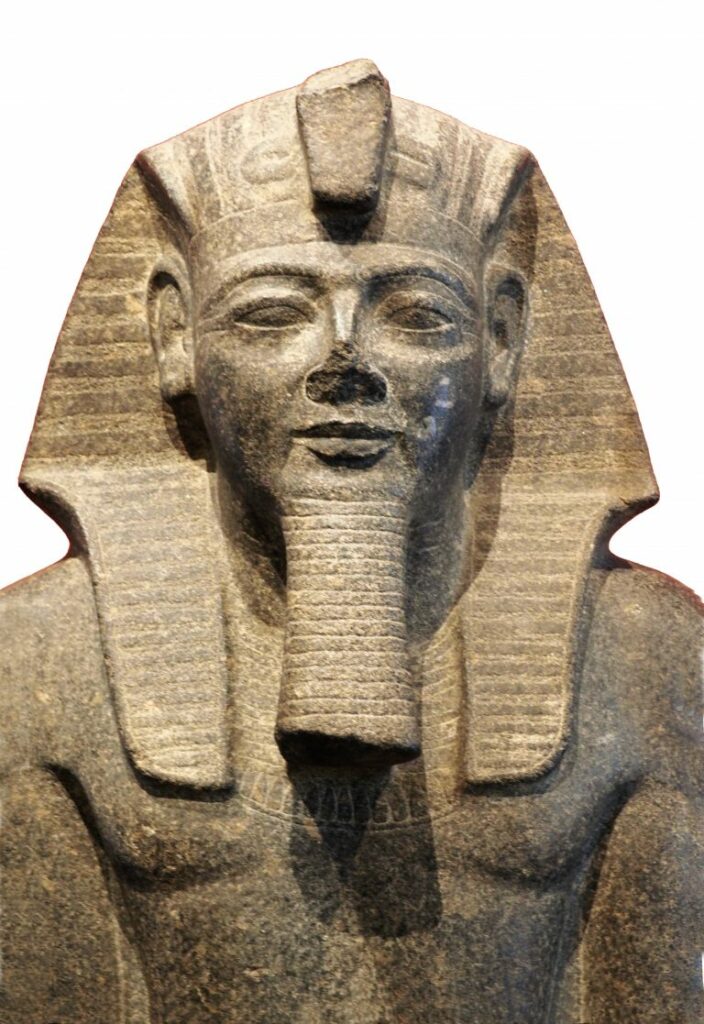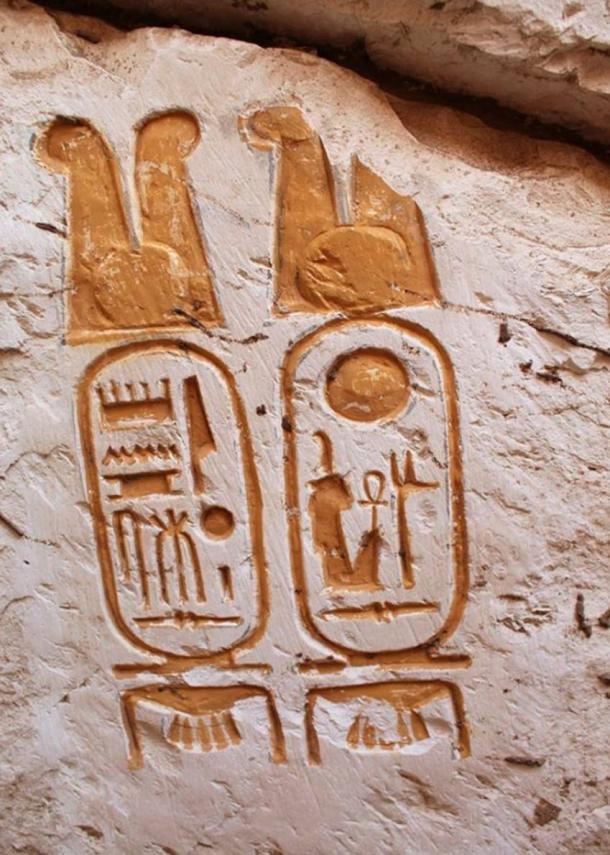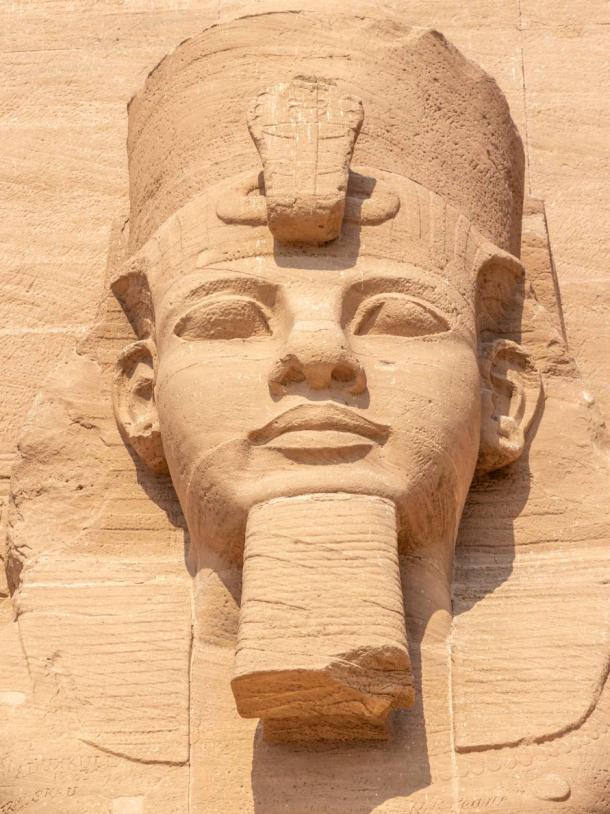Ancient Egypt: Archaeologists Discover Hidden Palace Marked With Symbols of Ramesses the Great
An Egyptian palace was discovered on the same site as Ramesses II’s adjacent Temple by New York archeologists.
The palace and temple are located at the ancient site of Abydos, Egypt, where numerous kings are also buried.
Archaeologists were excavating in and around the temple when they discovered the palace.

They first found a walkway made from stones at the southwest entrance to the temple and they ended up finding a new entrance to a different building that had the markings of Ramesses II.
When the researchers excavated the cornerstones of the temple, they noticed very similar royal symbols.
The newly found symbols and the discovery of the palace give archaeologists more information regarding temples from that period of time.
In fact, for the first time in around 160 years, the floor plan of the temple will have to be changed because of these new discoveries.
Ramesses II was also known as Ramesses the Great and is considered to be one of the most important rulers in Egypt’s ancient times.
It is believed that he ruled from 1279 B.C. to 1213 B.C. He is said to have built huge temples and put cartouches (an oval engraving that represents the name and title of a monarch) on several of the monuments.

Professor Joann Fletcher from the University of York informed Newsweek that King Ramesses III’s Luxor funerary temple also included a palace.
The ancient city of Abydos is located about 300 miles south of Cairo and is where pharaohs from the dynasties of the earliest times are believed to be lying in tombs.
These early dynasties include Qaa from the first one ever, as well as Peribsen from the second dynasty.

The city also includes temples that are dedicated to the god Osiris and the Pharaoh Seti I.
In fact, around the years 2025 B.C. to 1700 B.C. (also known as the Middle Kingdom), many people went to the city to worship Osiris.
Fletcher stated, “The new discovery will certainly emphasize the way Ramesses II, like his father Seti, saw Abydos as the origin of royal power,” adding, “The fact Ramesses II required a palace at Abydos also reveals that he didn’t just order a new temple at the site but was spending enough time there to warrant such accommodation.”
She went on to explain that the discovery “begins to balance out Abydos’ role as purely a cemetery and temple site. To have a building in which people lived their lives is always a fascinating thing to find.”





